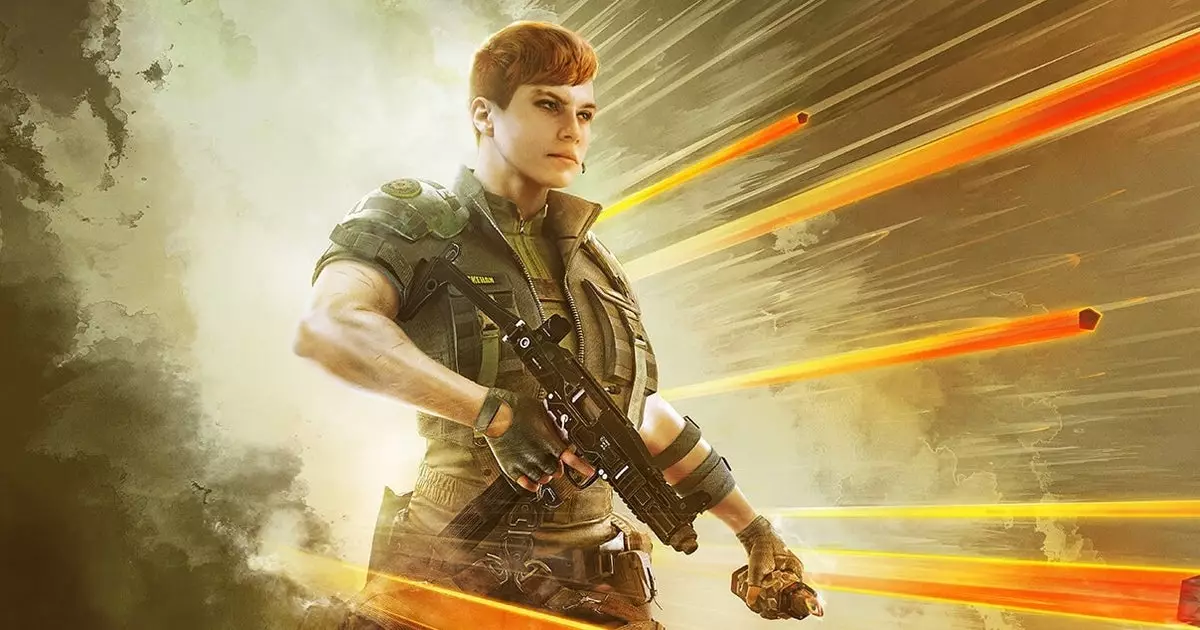Rainbow Six Siege’s creative director, Alexander Karpazis, has recently expressed his belief that the popular shooter does not need a change of game engine or a sequel. In his opinion, Siege has the potential to “last forever”, emphasizing the potential risks involved in making such drastic changes. Karpazis highlighted the challenges faced by other game titles that have undergone sequels, ultimately leading to disappointment among players.
The Risk of Engine Swapping
Karpazis argues that switching game engines to something that is readily available off-the-shelf may not address the specific needs of a complex and competitive game like Rainbow Six Siege. He mentions the unnecessary costs, frustrations, and lack of benefits that can arise from remaking every aspect of the game in a new engine. This stance reflects his commitment to building upon the existing foundation of Siege rather than starting from scratch.
While Karpazis refrains from naming specific games, it is evident that titles like Overwatch 2, Warzone 2, and Destiny 2 may have influenced his perspective. These games have faced challenges in maintaining player interest and satisfaction with their sequels, with issues ranging from promised features not being delivered to shifts in gameplay that alienate the player base. The example of Counter-Strike: Global Offensive, which successfully transitioned to CS:2, shows that engine swaps can be beneficial when executed thoughtfully.
Counter-Strike: Global Offensive’s evolution into CS:2 highlights the importance of maintaining core gameplay elements while introducing enhancements that add depth and freshness to the experience. Valve’s approach to updating and improving the game over the years serves as a contrast to Karpazis’s caution against major engine changes. CS:2’s success demonstrates that strategic updates can enhance the player experience without compromising the integrity of the original game.
Conclusion: Striking a Balance
As the debate over game engine changes and sequels continues in the gaming industry, Rainbow Six Siege stands as a case study in longevity and innovation. Alexander Karpazis’s belief in the game’s potential to thrive without drastic alterations echoes the sentiment that careful evolution can be more beneficial than radical revolution. By learning from the successes and failures of other titles, Siege can continue to captivate players and shape the future of tactical shooters. The key lies in striking a balance between innovation and preservation, ensuring that the core elements that make the game special remain intact while embracing new possibilities for growth and expansion.


Leave a Reply